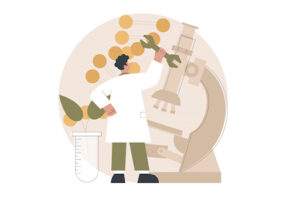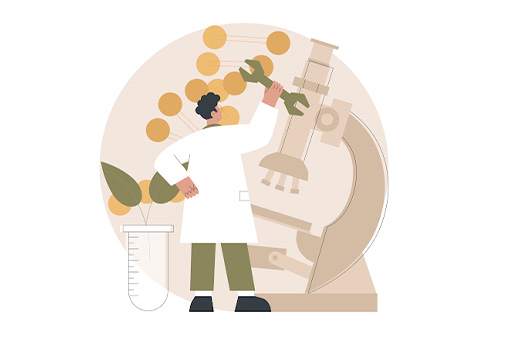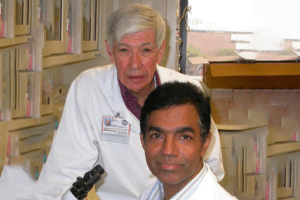
Biological therapy for non-obstructive azoospermia
Non-obstructive azoospermia (NOA) is a condition in which men produce no sperm at all, even though their genital ducts are not obstructed. This can be

Non-obstructive azoospermia (NOA) is a condition in which men produce no sperm at all, even though their genital ducts are not obstructed. This can be caused by a variety of factors, including genetic mutations, infections, and environmental toxins.
Currently, there is no cure for NOA. However, there are a number of experimental biological therapies that are being investigated as potential treatments. These therapies aim to restore spermatogenesis, the process by which sperm are produced.
One promising approach is spermatogonial stem cell transplantation (SCT). SSCs are the cells in the testes that give rise to sperm. SCT involves transplanting SSCs from a healthy donor into the testes of a man with NOA. The transplanted SSCs can then repopulate the testes and produce sperm.
Another approach is to use in vitro spermatogenesis (IVSp). IVsp is a technique that can be used to grow sperm from pluripotent stem cells, such as embryonic stem cells or induced pluripotent stem cells. This technique is still in its early stages of development, but it has the potential to provide a treatment for NOA in the future.
Finally, gene therapy is another potential treatment for NOA. Gene therapy involves using genetic engineering to correct the genetic defects that are causing the infertility. This approach is still in the early stages of research, but it has the potential to provide a permanent cure for NOA.
Biological therapy for NOA is a rapidly evolving field. As our understanding of the biology of spermatogenesis improves, we can expect to see the development of new and more effective treatments for this condition.
Here are some additional details about the three biological therapies mentioned above:
It is important to note that these are just a few of the biological therapies that are being investigated for the treatment of NOA. As our understanding of the biology of spermatogenesis improves, we can expect to see the development of new and more effective treatments for this condition.
Referance: https://pubmed.ncbi.nlm.nih.gov/28927307/

Non-obstructive azoospermia (NOA) is a condition in which men produce no sperm at all, even though their genital ducts are not obstructed. This can be

He main point of the article “Inhibition of Spermatogonial Differentiation by Testosterone” is that testosterone can inhibit the differentiation of spermatogonia, which are the stem
Prolistem, a patented formula, has not been evaluated by the Food and Drug Administration. This product is not intended to diagnose, treat, cure, or prevent any disease.
Prolistem, a patented formula, has not been evaluated by the Food and Drug Administration. This product is not intended to diagnose, treat, cure, or prevent any disease.